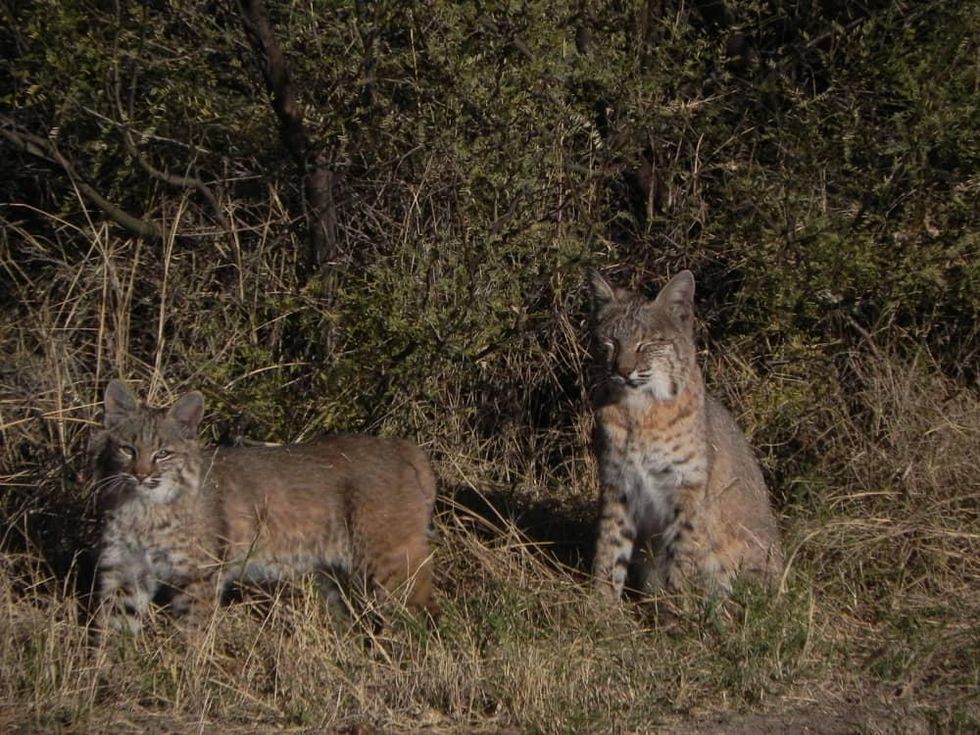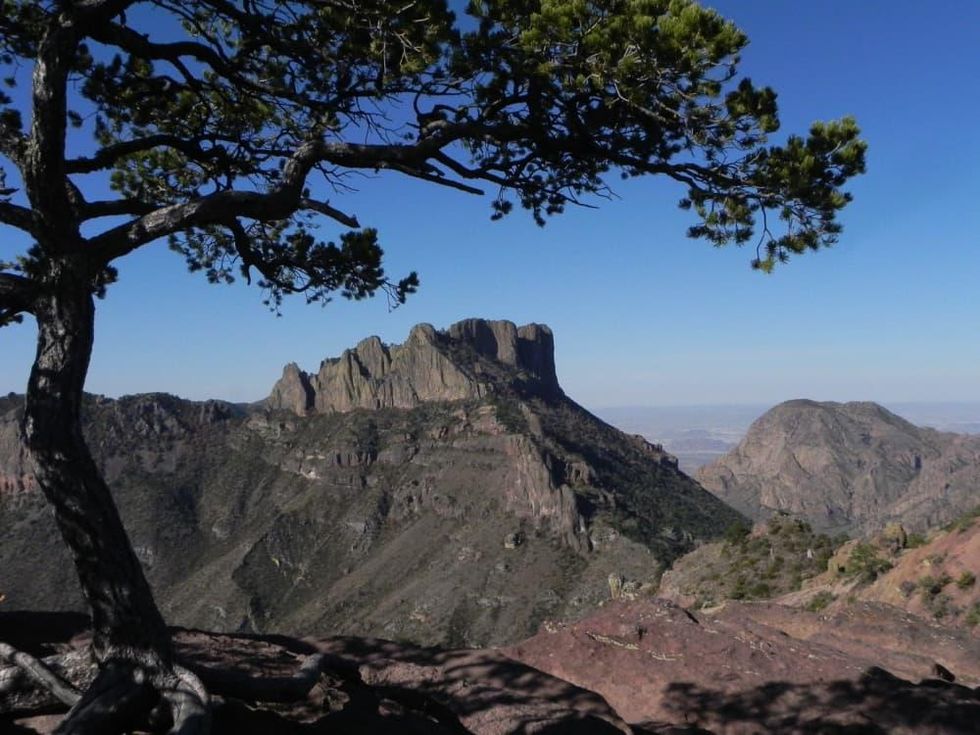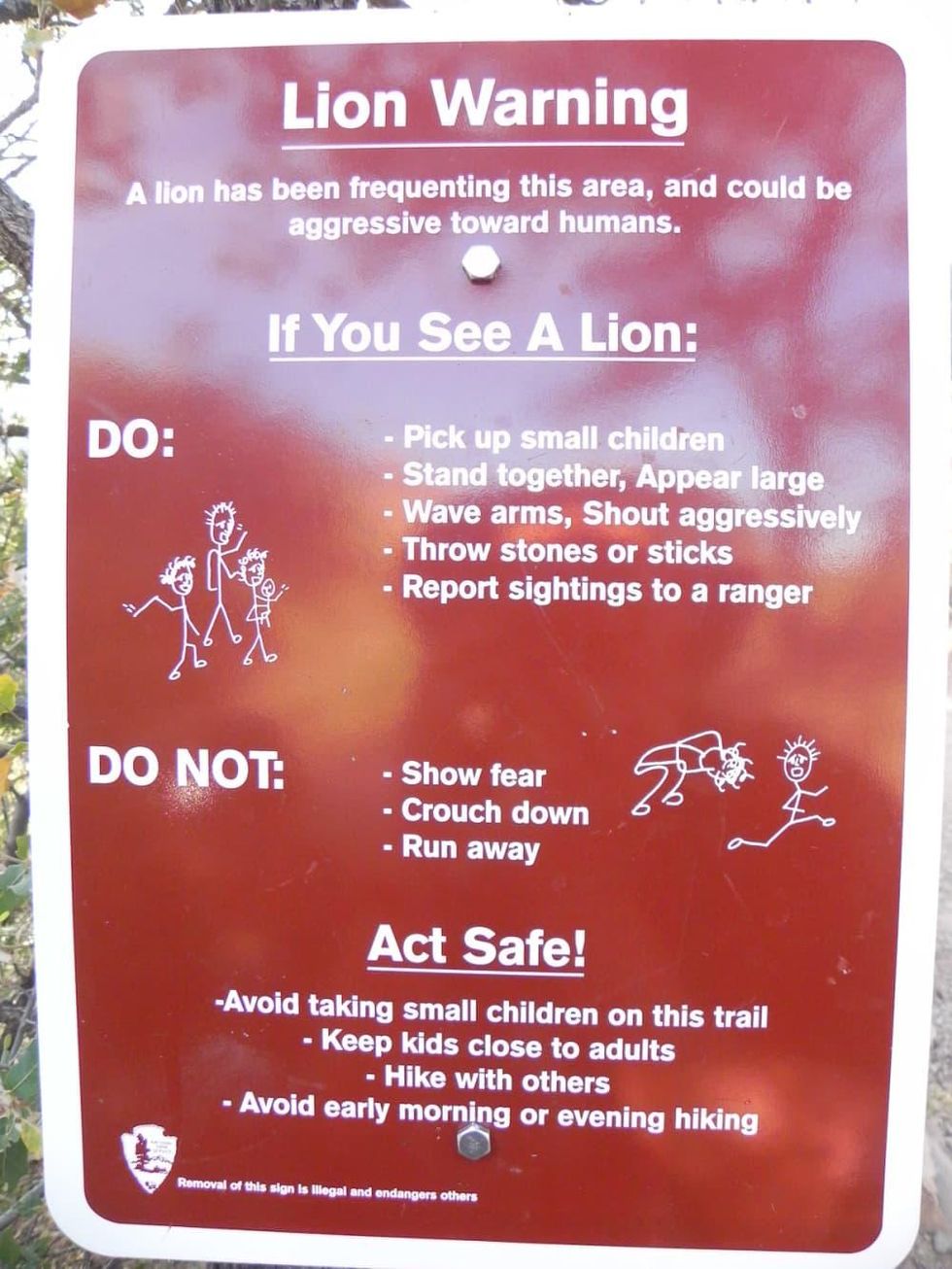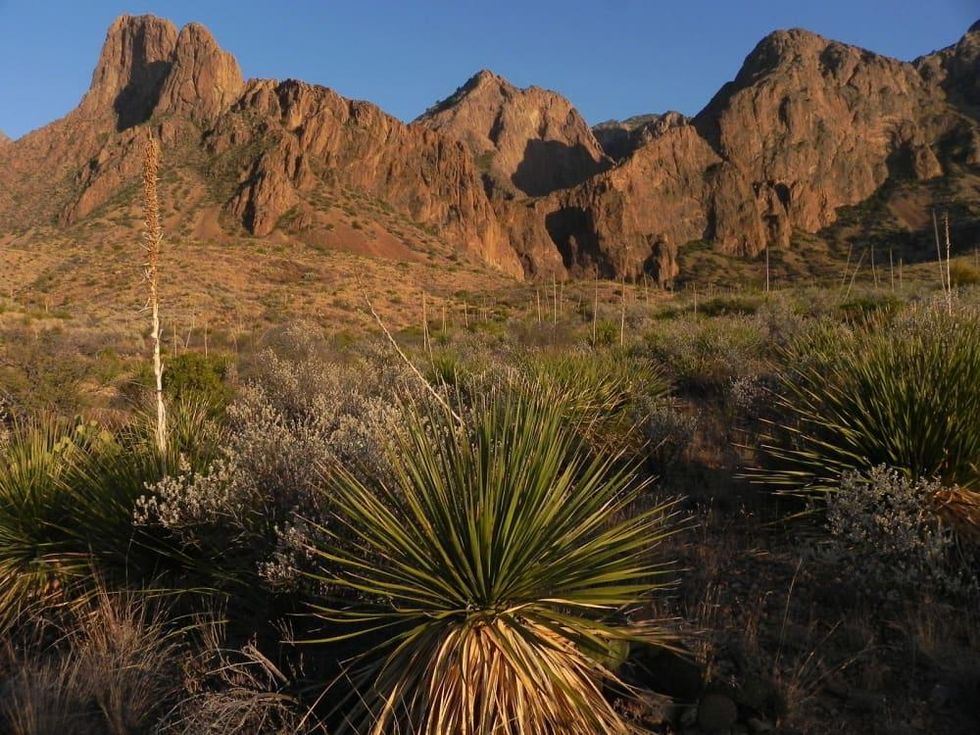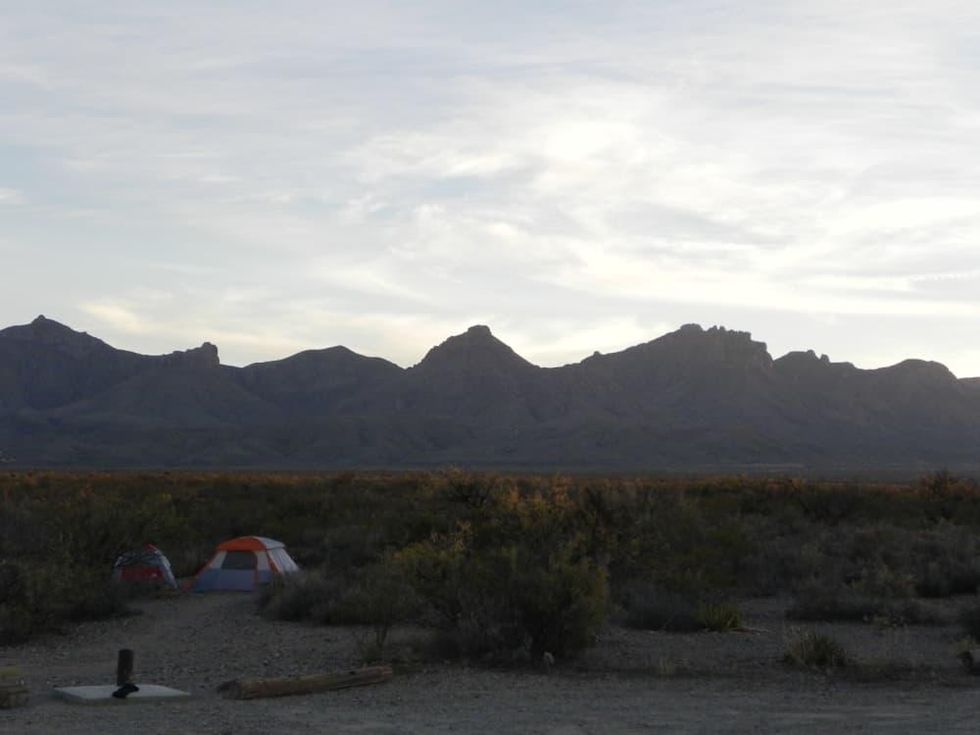Right in your backyard
From hiking to chili to lion spotting: Six ways to make the most of Big Bend National Park

Big Bend National Park, tucked deep in the west Texas desert, protects swaths of wild country, ranging from arid badlands to lush canyons. It remains one of the least visited national parks in the lower 48 states.
No matter from what direction, the approach to Big Bend usually involves a long haul through some spectacularly empty country.
Here are six ways to make the most of the long trip and a visit to this far-flung and unique region of Texas.
Hike
Big Bend National Park offers hundreds of miles of trails, ranging from quick day hikes ending at desert springs to calf-burning switchbacks into the high country.
Peak baggers will enjoy the full day jaunt up Emory Peak — the highest point in the park at 7,825 feet. The trail starts in the Chisos Basin and winds through a juniper and oak woodland toward a dramatic finish on the granite summit, offering endless views all the way into Mexico.
For a lazier day, try the short walk to hidden Cattails Falls, an oasis of cool pools, ancient trees, and ferns rarely seen in the desert.
The backpacking opportunities are endless. My personal favorite is the rugged and remote Dodson Trail, reached by hiking out of the Chisos Mountains through Blue Creek Canyon. The trail snakes its way through badlands at the foot of the mountains for a dozen miles.
In this case, what goes down must come up — if you want to see your parked car again, at least. A grueling six-hour ascent through remote Juniper Canyon will bring hikers back into the shaded mountains, and no one will ever forget the section affectionately named "the staircase."
History
The Big Bend area features several historic ranches, including old cattle enclosures, crumbling houses, and squeaking wind pumps. Turn at Santa Elena Junction towards Castolon, along the Ross Maxwell Scenic Drive. The Chisos Mountains rise dramatically from the desert to the east, and arid badlands break the horizon to the west.
Less than five miles down the road, a pullout marks the start of the trail leading to the Sam Neil Ranch. From the distance, the cluster of shrubs and small trees don't look like much, but going closer reveals a small oasis of cottonwood trees and dense vegetation. It’s a great place to learn about the early settlers of the region and get a break from the sun baking the surrounding desert.
Next stop? The old building at the Homer Wilson Ranch, located on the east side of the road. Here, a rancher herded goats in nearby Blue Creek Canyon.
The road continues through increasingly sparse countries of barren hills and reddish rock buttes, named for their distinctive shapes, like Elephant Butte and Mule Ears.
The small store and visitor center at Castolon offer a good break and more information on the regions history.
Several other historic sites lie scattered throughout the immense park, including old mining equipment, adobe houses, and pictographs left by Native Americans. It’s also possible to spot arrowheads in some areas.
Wilderness Camp
There are a number of developed campgrounds within the national park — one each at the Chisos Basin, Rio Grande Village, and a smaller one, Cottonwood, near Castolon.
In addition, numerous backcountry sites in the mountains and desert offer an easy getaway. Miles of dirt road — mainly accessible with high clearance and four-wheel drive — allow visitors to seek solitude in the desert and enjoy unrivaled night skies.
Due to the lack of cities and light pollution, Big Bend is great for stargazing. During clear and moonless nights, the sky explodes with stars.
Within certain restrictions, campers can set up tents almost anywhere in the desert. With a set of sturdy boots, topographic maps, and good preparation (always think water in Big Bend) the adventurous can leave the trails behind and explore some of the less-trodden canyon and mountains, of which there are plenty.
Wildlife Watch
Don’t forget the camera, and better yet, bring a good pair of binoculars, too. Big Bend National Park is a haven for wildlife. It boasts the highest diversity of bird species of any national park — nearly 400 species have been found here. One of the best times of the year for spotting them is during the spring, when breeding and migrating birds create an exciting mix. But in truth, any season is rewarding.
Due to the varied terrain and diversity of habitats, animals spotted during a morning in the mountains will be very different than critters visiting a desert spring at dusk.
Signs throughout the park warn visitors about the presence of black bears and mountain lions. While encounters are rare, there is always a chance of seeing either of these mammals.
Black bears have especially become a regular sight in the Chisos Mountains, while only a lucky few glimpse a mountain lion — though tracks can often be found along trails and near water.
Other common mammals include the small Sierra del Carmen whitetail deer in the mountains, mule deer in the desert, jackrabbits and kangaroo rats at night, and the howl of coyotes.
Reptiles and amphibians are also plentiful. The better spots to seek wildlife are the Chisos Mountains and the riparian woodlands around Rio Grande Village, either at dawn or dusk.
Soak
Geology is alive in Big Bend, and several hot springs attest to the region's volcanic past. Near the aptly named Hot Springs Canyon, scorching water bubbles from a hole into a small brick basin. This spot is one of the most popular springs in the park, and filled to the brim with soakers during peak season — especially around Thanksgiving, Christmas, and spring break.
During mid-summer, the location is deserted, but anyone entering will be fried from the sun above and water below.
On a cool winter evening, the thermal waters feel just right, and the pink cliffs of the distant Sierra del Carmen in Mexico reflect near-perfect sunsets. If you're staying longer, the moonrises are spectacular.
Smaller springs further upstream see less traffic, but require some hiking and bushwhacking to reach.
Chili
Yes, chili. While technically not inside the national park, the quirky town of Terlingua — a 30-minute drive to the west — hosts one of the largest chili festivals anywhere.
The first weekend of every November, hundreds of people flock to several dusty spots in the desert, where makeshift towns of tents, trailers, and stages spring to life. Pots and pots of chili are cooked, while bowl after bowl is consumed.
There are lots of games, food stands, parties, and yes, some places also have wet T-shirt contests to keep the chili flowing.
If chili mania isn't your taste, visitors can also enjoy a chili burger at most restaurants in Terlingua — except at the unique La Kiva, a semi-subterranean eating experience with slow service, but lots of fun.

